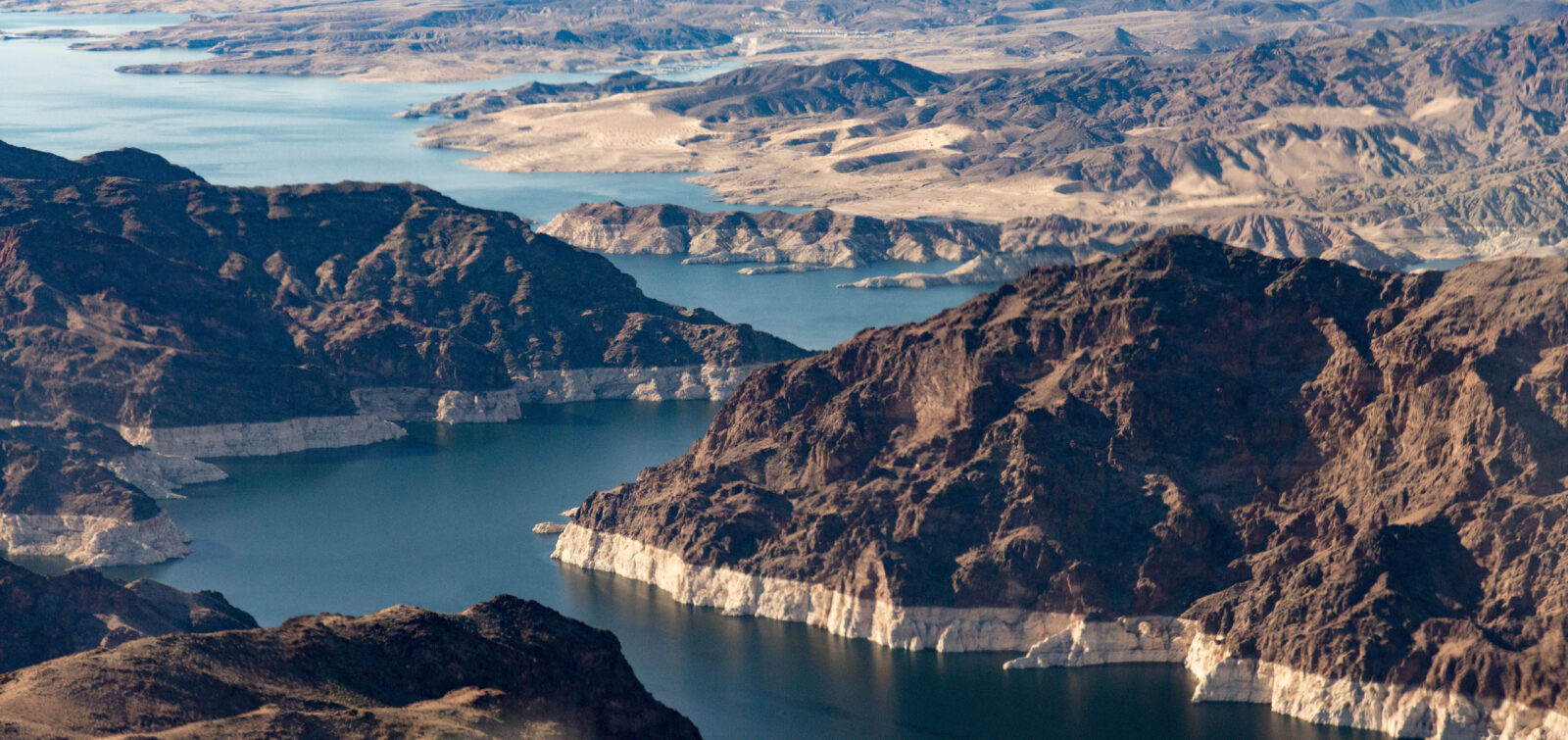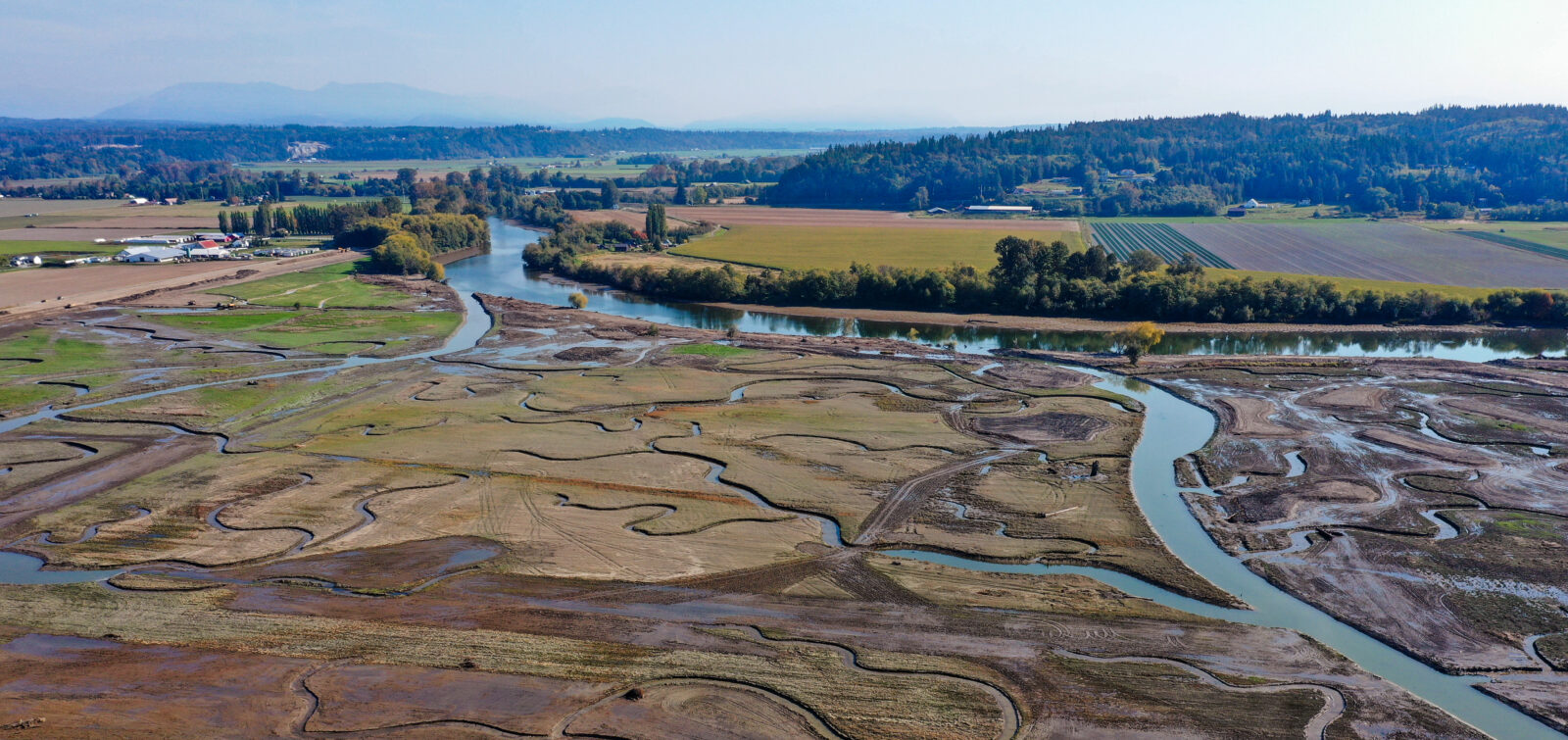A vast expanse of tidal sloughs, salt marshes, ephemeral streams, and oak woodlands once covered the lands surrounding the Petaluma River in southeastern Sonoma County. This landscape supported massive populations of elk, deer, fish, and birds, and Native people lived here as stewards of the land since time immemorial.
However, like many tidal areas surrounding San Francisco Bay, this abundant ecosystem was diked, drained, and leveled for agricultural uses. Levees constructed along the Petaluma River blocked tidal flows, and a railway line further disrupted the site’s natural hydrology. However, a new vision for this land has recently emerged: a land restored and reconnected to the Petaluma River and surrounding tidal marshes.
A 123-acre parcel owned by the Dry Creek Rancheria Band of Pomo Indians (Tribe) is now primed to be the first mitigation bank in the State of California sponsored by a Native American Tribe. The Petaluma River Mitigation Bank (Bank) would establish a permanent conservation easement for the protection of federally endangered and state-protected species and wetlands, pending the final approval of regulatory agencies. ESA has been assisting the Tribe in developing a conceptual plan for the site’s restoration, providing relevant environmental services, and guiding the Bank’s entitlement process.
Incised channels, levees, culverts, and a railway line have affected the site’s hydrology.
Conservation Through Banking
Mitigation banks are a valuable means to offset a project’s potential environmental impacts. When projects face unavoidable impacts to species, wetlands, streams, and aquatic resources, they are often obligated to provide compensatory mitigation under criteria outlined in the Clean Water Act Section 404(b)(1), the Federal Endangered Species Act, the California Endangered Species Act, and other environmental laws.
Unlike permittee-responsible mitigation, in which permittees implement mitigation at smaller and localized on-site or off-site locations within the same watershed of their projects, mitigation banks allow permittees to purchase credits that are used for restoration efforts on land that is protected in perpetuity. As mitigation banks typically involve larger areas, they are also a means to address habitat fragmentation and improve wildlife connectivity.
Supporting the Tribe
In support of the Tribe’s proposal to establish the Bank, ESA has provided multiple environmental services to evaluate the site’s restoration potential. This has included:
- Developing a demand analysis determining the historic and projected mitigation needs and potential credit types.
- Assessing the site’s geomorphology, hydrology, and hydrodynamics, and gathering aquatic resources delineation and flood assessments.
- Producing a biological resources inventory; assessing the presence and suitability for special-status species, native plants, and habitat types; assessing potential biological impacts; and conducting surveys for the California black rail and salt marsh harvest mouse.
- Developing conceptual plans for tidal marsh, seasonal wetland, and stream and riparian restoration.
- Compiling the Final Prospectus (deemed complete by the agencies in November 2024), which outlined baseline site conditions, crediting, and exceptions; and engaging with the U.S. Army Corps of Engineers, Regional Water Quality Control Board, and other agencies of the Interagency Review Team.
- Planning for the Bank Enabling Instrument phase.

“It has been a true honor to work with the Dry Creek Rancheria Band of Pomo Indians and ESA’s interdisciplinary team, whose unique expertise of the mitigation market and restoration field has enabled this significant project to take shape for the Tribe and local natural resources.”
Melissa Denena, Senior Principal Ecologist
The Petaluma River Mitigation Bank
The Bank would restore approximately 123 acres, converting former agricultural fields back to the land’s native tidal wetland habitat and reconnecting the site’s wetlands with the nearby Petaluma Marsh and San Pablo Bay. The land’s hydrology would be reconstructed by widening a pre-existing levee breech to reestablish a full tidal surface-water connection with the Petaluma River, restoring the site’s tidal sloughs and marshes.
The Bank would generate compensatory mitigation credits for impacts to habitats such as tidal sloughs and marshes subject to the Clean Water Act. It would also benefit special-status species native to the area, including longfin smelt, green sturgeon, white sturgeon, steelhead, California Ridgway’s rail, California black rail, and salt marsh harvest mouse.

The Bank is also the first proposed mitigation bank to include California Ridgway’s rail, California black rail, and salt marsh harvest mouse, which are fully protected under the California Fish and Game Code. Previously, the California Department of Fish and Wildlife was not authorized to issue Incidental Take Permits for fully protected species. However, in July 2023, Governor Newsom signed Senate Bill 147, allowing certain renewable and infrastructure projects to get permits for impacts to fully protected species.
“The Pomo and Wappo people of Dry Creek Rancheria have lived sustainably along waterways in inland Sonoma County for thousands of years. Restoration of our property along the west bank of the Petaluma River reflects our long-held cultural values,” says Sherrie Smith-Ferri, Tribal Historic Preservation Officer, Dry Creek Rancheria Band of Pomo Indians.
If approved by agencies, the next phases of the project will be to submit necessary permit applications, conduct public outreach, and develop a Bank Enabling Instrument that outlines the Bank’s implementation, monitoring, long-term management, and credit release schedule, among other things. ESA is excited to see this great project moving forward. For more information about how ESA develops Programmatic Mitigation Solutions, both small and large, and how ESA can assist with meeting regulatory and agency permitting requirements, please reach out to Melissa Denena.














